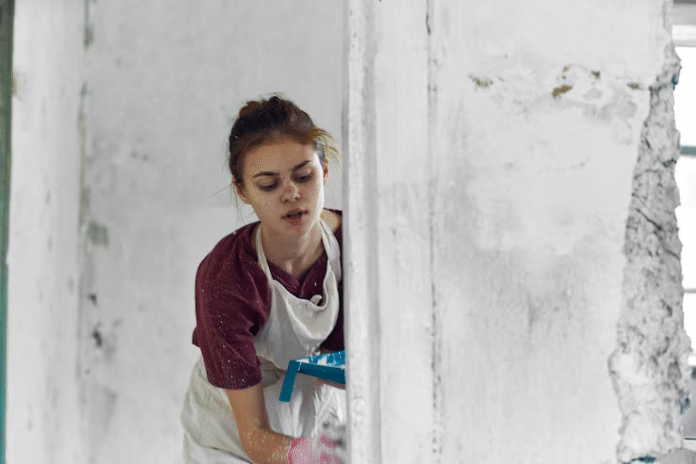Lead poisoning remains a serious health risk despite increased awareness. It affects both children and adults, with children being the most vulnerable. Exposure often happens without warning, through water, paint, dust, or soil.
Once it enters the body, lead builds up and causes lasting damage. Symptoms might not appear right away, but the effects can be severe. Long-term exposure can harm the brain, kidneys, and other vital organs.
Learn how to recognize the signs and take action to protect your family. Know what to watch for and what steps to take to prevent exposure.
Common Sources of Lead Exposure
Lead can be found in older homes, especially in paint and pipes. Soil around buildings may also be contaminated from past construction. Water becomes a risk when old lead pipes are still in use.
Some imported products and toys may also carry lead. Dust from renovations can spread particles into the air. Always check high-risk areas before beginning any home repairs.
Health Effects of Lead Poisoning
Lead affects every part of the body, but the nervous system is hit the hardest. In children, it can lead to developmental delays, learning problems, and behavior changes.
Adults may suffer from memory issues, high blood pressure, or joint pain. Pregnant women risk passing it to their unborn babies. Even low levels can impact long-term health. Regular testing helps detect it early before damage gets worse.
How Lead Enters the Body
People are usually exposed through inhalation or ingestion. Small children often put objects in their mouths, increasing their risk. Adults may breathe in dust during home repairs.
Drinking water from old plumbing is another common way lead gets in. Once inside, lead travels through the blood and settles in the bones. It takes time and proper treatment to remove it from the body.
Who is Most at Risk?
Children under six are the most at risk due to their developing brains. Pregnant women and unborn babies are highly vulnerable. Workers in certain industries, like construction or metal work, face increased exposure.
Families living in older homes without renovations are more likely to be affected. Those using imported pottery or toys may also face hidden risks. Awareness helps lower these chances and guides preventive steps.
How to Test for Lead Poisoning
A blood test is the only way to confirm lead exposure. Pediatricians often recommend testing for young children living in older homes. Adults can request tests if they suspect exposure from work or the environment.
Some public health departments offer free or low-cost testing programs. Early detection makes treatment easier and more effective. If exposure is confirmed, steps must be taken right away to eliminate the source.
Steps to Prevent Exposure
Keep homes clean and dust-free, especially in older buildings. Run cold water before use if the plumbing is outdated. Wet mop floors and wipe surfaces to avoid spreading dust. Renovate safely by using certified professionals to handle lead risks.
Whether you are looking for a lead removal service in New Jersey or simply need testing advice, always work with experienced specialists. Prevention is always better than dealing with long-term health effects.
Learn to Deal With Lead Poisoning
Lead poisoning is preventable, but still a modern danger. Knowing the risks and recognizing the signs can save lives. Children are especially at risk and must be protected early. Testing and proper cleanup are key.
Avoiding lead exposure should be part of every household safety plan. Stay informed and take action when needed. Health starts at home, and your choices make a big difference.
If you wish to read more, visit our blog page. We’ve got more topics!
